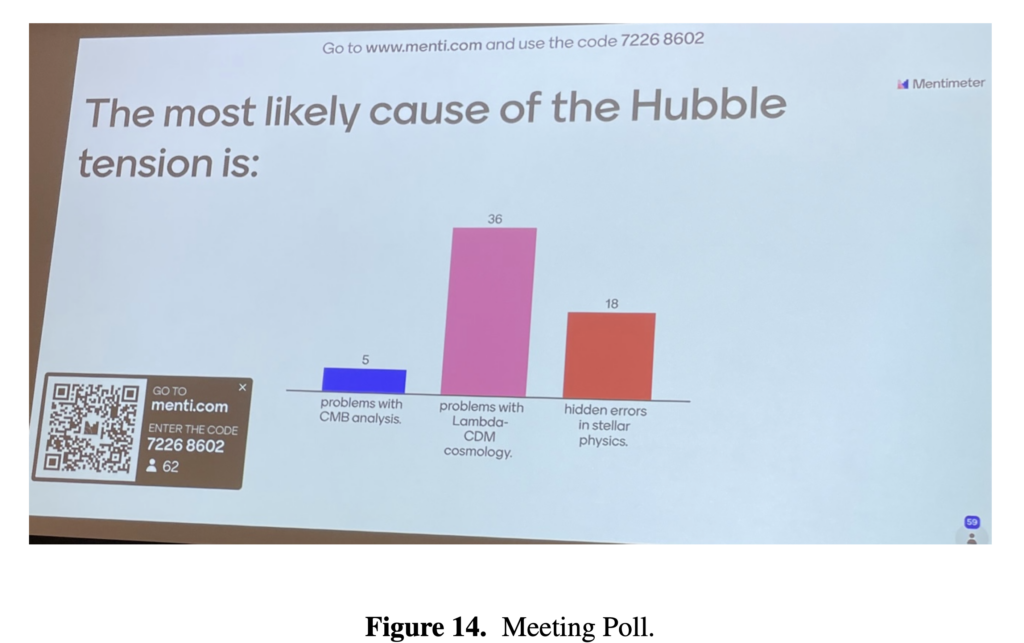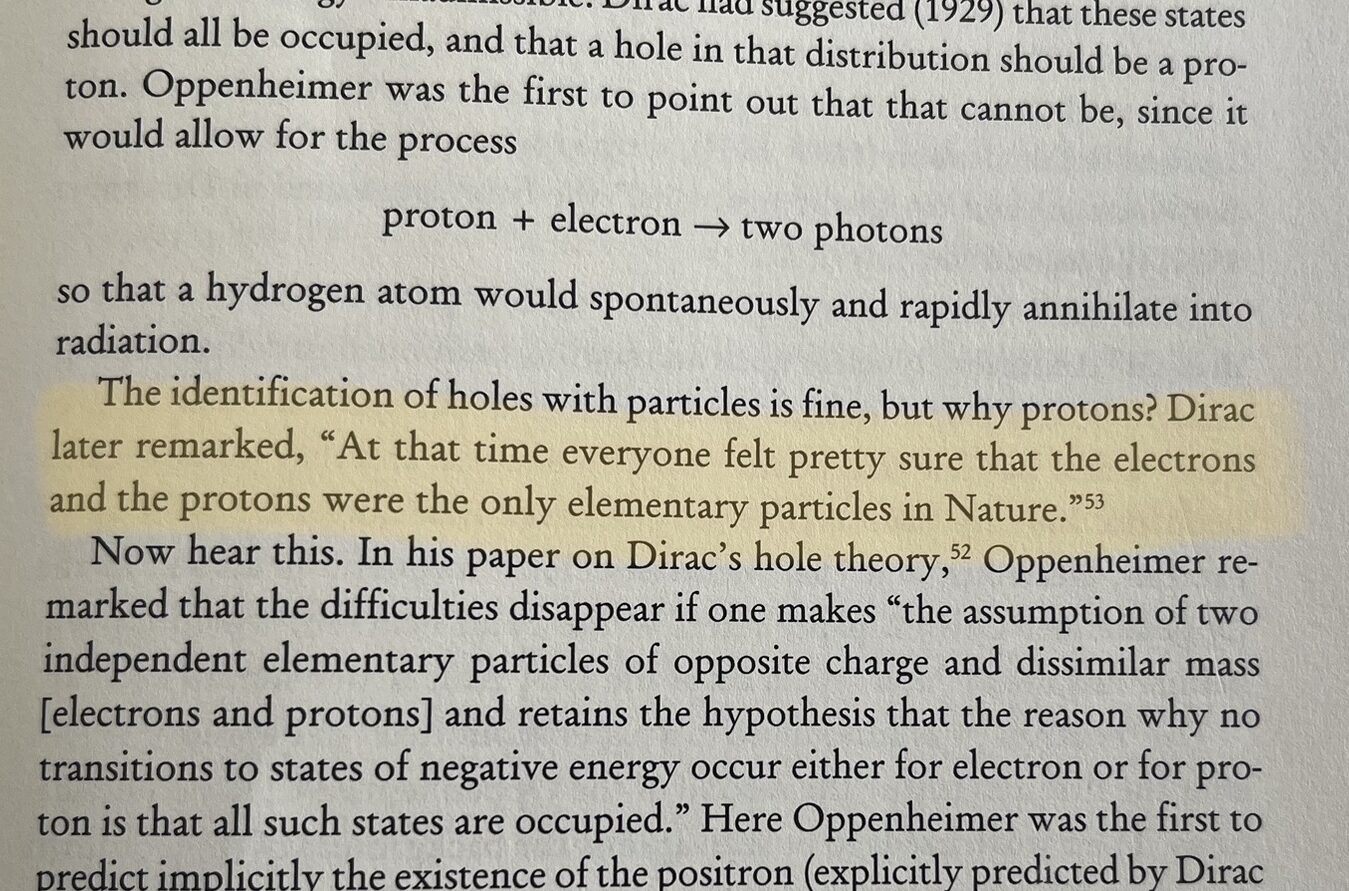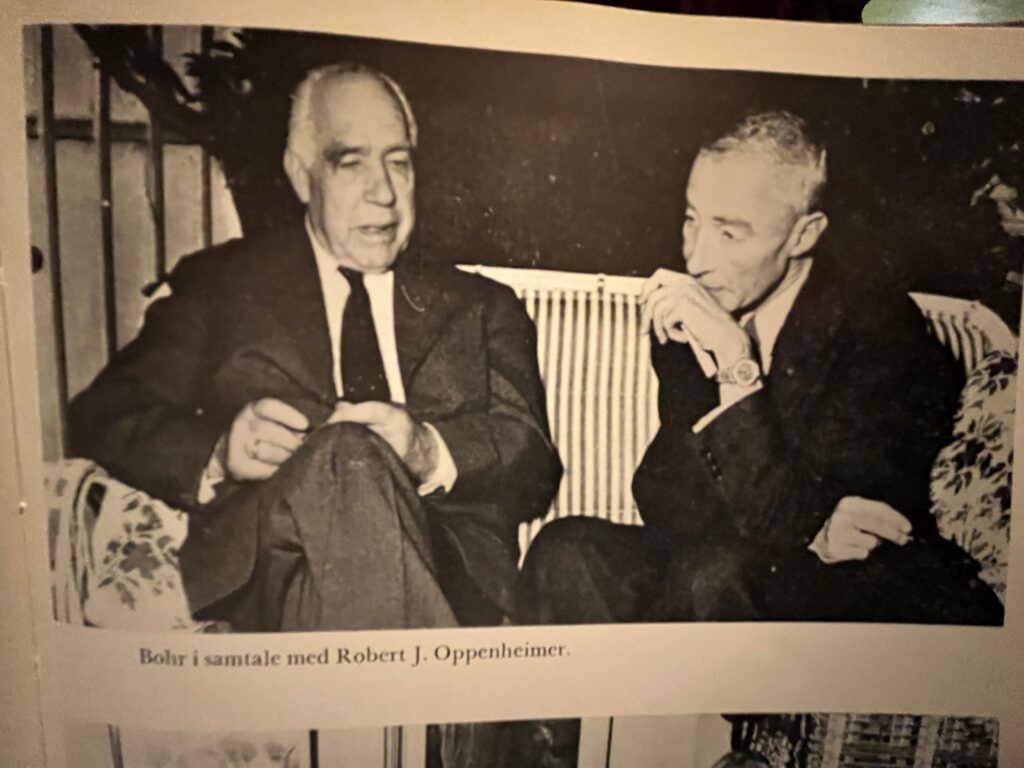Two interesting new papers:
One indicates that new physics in the dark sector at the two scales, the eV scale and a ULA scale, close to those inherent in the Cold NEDE solution to the Hubble tension, could be required by eBOSS Lyman-alpha data https://arxiv.org/abs/2311.16377.
And one that constrains a corner of NEDE parameter space in more detail from the microphysics of the phase transition https://arxiv.org/abs/2311.16222, emphasizing the requirement of a fast phase transition.





